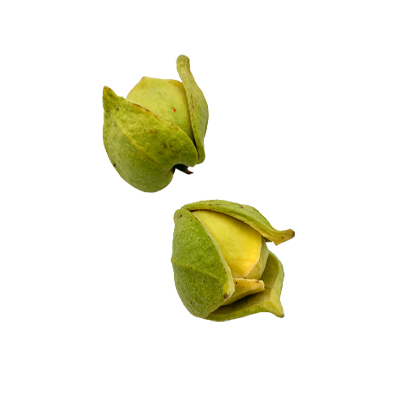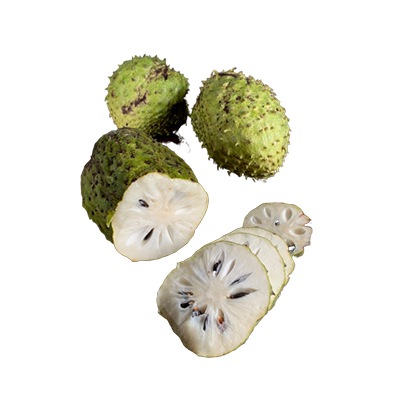Soursop
Annona muricata L.
Annonaceae
Location in our garden
Orchard
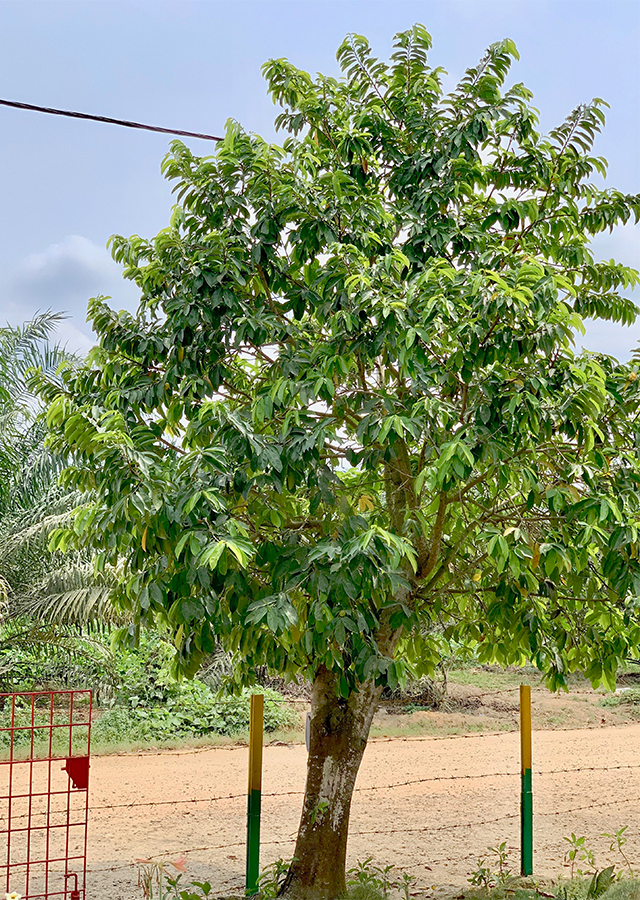
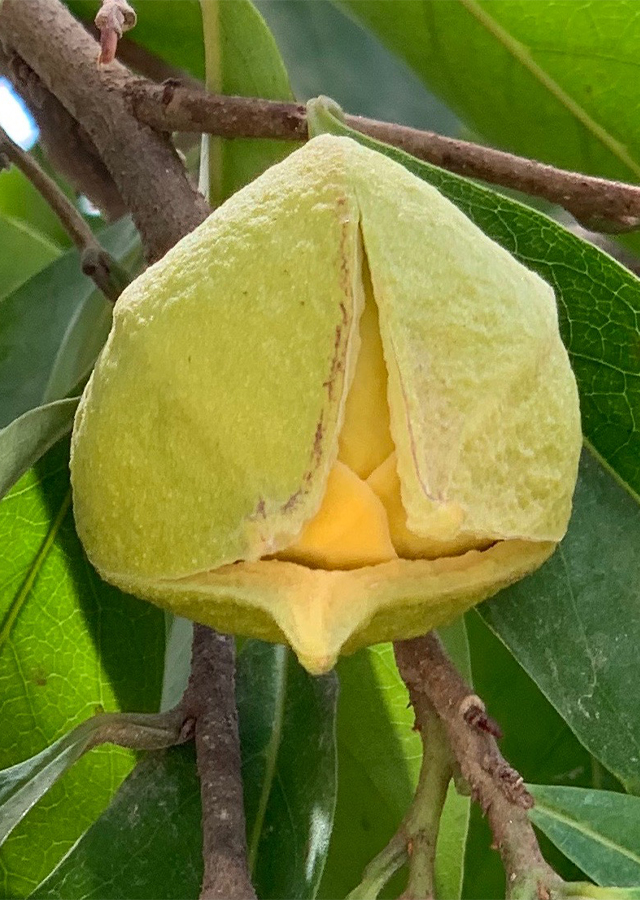
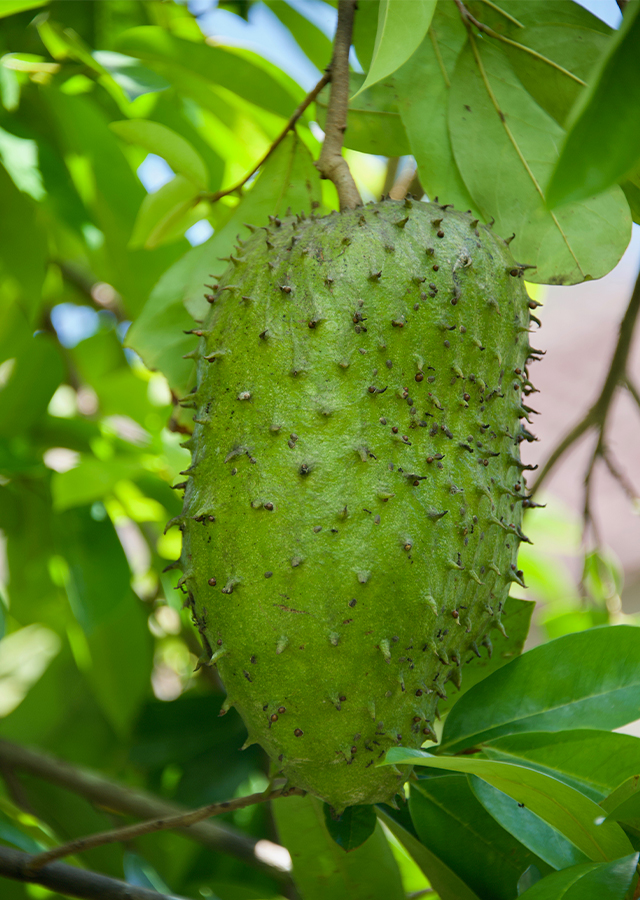
Synonym
Annona bonplandiana Kunth
Annona cearaensis Barb.Rodr.
Annona muricata f. mirabilis R.E.Fr.
Habitus
Trees. Evergreen tree, perennial, growing up to 3 to 10 m tall.
Part Used
Leaves
Bark
Flowers
Fruit
Roots
Growing Requirements
Full Sunshine
Drought Resistant
Habitat
Terrestrial
Overview
The native range of this species is Southern Mexico to Southern Tropical America. It is widely distributed in Asia from South India to Northern Australia and Polynesia, and in Africa in the hot lowlands in the West and East. Immature, young fruits and young sprouts are cooked as vegetables in Indonesia and Papua New Guinea.
Vernacular Names
Corossol (French), Durian belanda (Malaysian), Sirsak (Indonesian), Toge banreishi (Japanese), Guyababo (Tagalog-Philippines), Mang cân xiem (Vietnamese), Thurian-thet (Thai).
Agroecology
Soursop grows in the humid tropical and subtropical lowlands, below 1,000 m altitude. The optimum annual average temperature range is 25–30°C and annual average rainfall of above 1,000 mm. The species is commonly cultivated in home gardens and is found in rural garden areas on many soil types including volcanic and calcareous soils. It thrives best in friable, fairly rich, deep loams with a pH range of 5.5–6.5.
Morphology
- Stems - much branched, with terete, reddish-brown glabrous branchlets.
- Leaves - biseriate, shortly petiolate, pale green to bright green, oblong-obovate or oblong- elliptic, 6–18 cm by 3–7 cm wide, glossy leaves with acuminate apex, cuneate or acute base.
- Flowers - regular, green to yellowish green on short axillary, 1–2 flowered branchlets.
- Fruits - oblong or slightly curved, 15–35 cm by 10–15 cm wide, beset with soft spines with a thin, green or yellow, coriaceous skin.
- Seeds - numerous, obovoid and flattened, dark brown to black, glabrous and glossy, embedded in firm, white, fleshy, acid-sweet, juicy pulp.
Cultivation
Soursop is generally propagated by seed and can also be cloned through various budding and grafting techniques.
Chemical Constituents
Tannins, steroids, cardiac glycosidesmyricyl alcohol, sitosterol, fatty acids (oleic, linoleic, and stearic acids), amorphous alkaloid, sesquiterpene derivatives.
Traditional Medicinal Uses
- Studies have suggested a potential for antiviral, antibacterial, antifungal, antiparasitic, antileishmanial, antinociceptive, anti-inflammatory, antihyperglycemic, hypotensive, immune-enhancing, and anti-cancer properties.
- Fruit is antiscorbutic and astringent.
- Flowers are pectoral.
- Leaves are antispasmodic.
- Seeds are emetic.
- The crushed leaves are used as a remedy for distension and dyspepsia, scabies and skin diseases, rheumatism, coughs and colds. The pungent leaves are known for their sleep-inducing properties. They can be taken in an infusion, or placed under the pillow.
- The fruit is used to make a tonic that is used for treating fever, headache, hypertension, and heart problems.
- A crushed leaf and seed decoction is taken orally for intestinal malaise.
- The green bark is rubbed on wounds to stop bleeding.
- Flower or flower bud tea is mixed with honey for colds, chest pain and nerve disorder.
- The bark and young fruits, which contain tannin, are used to treat diarrhoea and dysentery. The green bark is rubbed on wounds to stop bleeding.
Part Used
Reference Sources
- CABI. (2019). https://www.cabi.org/isc/datasheet/5812#totaxonomicTree. 02-12-21.
- Koesriharti. (2016). Annona muricata (PROSEA). https://uses.plantnet-project.org/en/Annona_muricata_(PROSEA). 02-12-21.
- Lim, T.K. (2012). Edible Medicinal and Non-Medicinal Plants: Volume 1, Fruits. Springer Science & Business Media.
- Stuartxchange. (2019). Guyabano. http://www.stuartxchange.org/Guyabano.html. 02-12-21.



